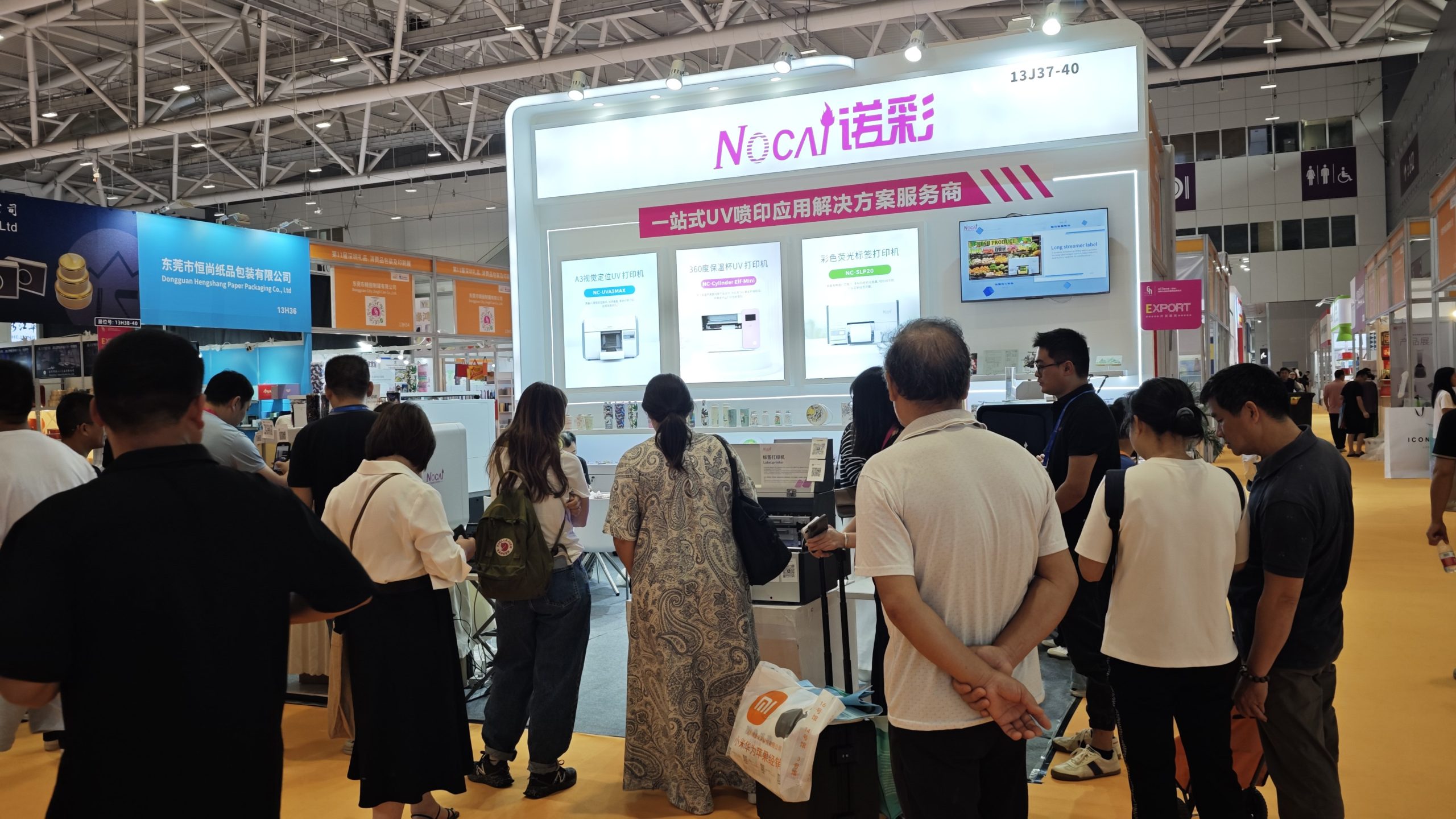
Ceramic Tile Printers: Elevating Design and Customization in Tile Manufacturing
- By:uv digital printing
- 2024-08-26
- 604
In the realm of interior design and home improvement, ceramic tile printers are revolutionizing the way tiles are manufactured and customized. These advanced printing machines allow for the creation of intricate, high-resolution designs directly on ceramic tiles, offering limitless possibilities for personalization and artistic expression. Whether you’re renovating your home or looking to add a unique touch to your commercial space, understanding the benefits and capabilities of ceramic tile printers can help you make informed decisions. This article explores the advantages, technology, and applications of ceramic tile printers, highlighting their impact on the industry.
What is a Ceramic Tile Printer?
A ceramic tile printer is a specialized digital printing device designed to apply high-quality, detailed designs onto ceramic tiles. Using advanced inkjet or UV printing technologies, these printers transfer digital images onto the tile surface, allowing for precise and vibrant prints. The process involves applying ink or glaze to the tile and then curing it to ensure durability and adherence.
How Ceramic Tile Printers Work
1. Design Preparation: The process begins with creating a digital design file. This can include anything from intricate patterns and artwork to high-resolution photographs. Software like Adobe Photoshop or Illustrator is typically used to prepare and optimize the design for printing.
2. Tile Preparation: The ceramic tiles are prepared to ensure a smooth surface for printing. This may involve cleaning and, in some cases, applying a primer to enhance ink adhesion. Some printers can work directly on unprepared tiles, but proper preparation can improve print quality.
3. Printing Process: The prepared tiles are loaded into the printer, which applies the design using inkjet or UV printing technology. Inkjet printers use liquid inks that are precisely applied in layers, while UV printers use ultraviolet light to cure the ink instantly, ensuring durability and vibrant colors.
4. Curing and Finishing: After printing, the tiles are subjected to a curing process to set the ink and ensure it adheres properly. Additional finishing treatments, such as glazing or sealing, may be applied to enhance the tile’s durability and resistance to wear and tear.
Benefits of Ceramic Tile Printers
1. High-Resolution and Detailed Designs
Ceramic tile printers offer exceptional print quality, allowing for high-resolution, detailed designs. This capability enables the reproduction of complex patterns, textures, and images with incredible accuracy, making tiles a versatile medium for both artistic and practical applications.
2. Customization and Personalization
One of the standout features of ceramic tile printers is the ability to create custom designs. Homeowners, designers, and businesses can personalize tiles to match specific themes, color schemes, or branding requirements. This flexibility is ideal for creating unique spaces and products that stand out.
3. Efficient Production
Digital printing technology streamlines the tile manufacturing process. Unlike traditional methods that may require extensive setup and production time, ceramic tile printers can quickly produce customized tiles without the need for costly molds or screens. This efficiency is particularly beneficial for short-run or one-off projects.
4. Durability and Longevity
The printing technologies used in ceramic tile printers ensure that the designs are durable and long-lasting. UV-cured inks or glazes create a resilient surface that resists fading, scratching, and staining. This makes digitally printed tiles suitable for both high-traffic areas and decorative applications.
5. Sustainability
Many ceramic tile printers use eco-friendly inks and processes, reducing the environmental impact compared to traditional tile printing methods. Additionally, the precision of digital printing minimizes waste by only using the necessary amount of ink, making it a more sustainable choice for tile production.
Applications of Ceramic Tile Printers
1. Home Décor and Renovations
Ceramic tile printers are widely used in home décor and renovation projects. Custom-printed tiles can be used for backsplashes, flooring, wall art, and feature walls. Homeowners can create personalized designs that reflect their style and enhance their living spaces.
2. Commercial Spaces
Businesses and commercial spaces benefit from the customization options offered by ceramic tile printers. Custom tiles can be used for branding, wayfinding, and decorative elements in restaurants, hotels, offices, and retail environments. The ability to print logos, promotional messages, or unique patterns adds a professional and personalized touch.
3. Art and Design Projects
Artists and designers use ceramic tile printers to create unique art pieces and installations. The ability to print high-resolution images and intricate designs on tiles opens up new possibilities for artistic expression and creative projects.
4. Product Manufacturing
Ceramic tile printers are also used in the manufacturing of custom products, such as decorative tiles, commemorative plaques, and specialty items. The flexibility of digital printing allows for the production of one-of-a-kind items or limited-edition collections.
5. Architectural and Interior Design
In architectural and interior design projects, custom-printed ceramic tiles can be used to create distinctive features and design elements. From custom patterns in flooring to artistic wall panels, ceramic tile printing adds a unique and personalized dimension to architectural projects.
Choosing the Right Ceramic Tile Printer
1. Assess Your Needs
Determine the specific requirements for your project, including tile size, design complexity, and production volume. Understanding these factors will help you choose the right printer with the appropriate capabilities and features.
2. Evaluate Print Quality
Look for a ceramic tile printer that offers high-resolution printing with accurate color reproduction. Request samples or proofs to ensure that the print quality meets your standards and expectations.
3. Consider Production Speed and Efficiency
Evaluate the production speed and efficiency of the printer. Choose a model that can meet your project deadlines and handle the volume of tiles you need to produce.
4. Review Costs and Budget
Compare pricing from different printer manufacturers and consider factors such as initial investment, operating costs, and maintenance. Ensure that the printer fits within your budget and offers good value for the features and capabilities provided.
5. Check for Support and Maintenance
Select a printer that comes with reliable customer support and maintenance services. Regular maintenance is crucial for keeping the printer in good working condition and ensuring consistent print quality.
Conclusion
Ceramic tile printers are transforming the tile manufacturing and design industry by offering high-resolution, customizable, and durable printing solutions. With their ability to produce intricate designs, streamline production, and provide personalized options, these printers are becoming increasingly popular for both residential and commercial applications. By understanding the benefits, applications, and considerations of ceramic tile printing, you can make informed decisions and leverage this technology to enhance your projects and create unique, high-quality tiles.
-

Successfully Concluded! Nocai Shenzhen Expo Achieves a Double Harvest of Popularity and Results—We Sincerely Invite You to Visit and Inspect!
2025-10-23 -

Nocai Shenzhen Expo Day 3 is a hit! Tomorrow is the last day—Hall 13, Booth J37-40 is waiting for you!
2025-10-22 -

Shenzhen Gift Expo Day2 Focus: Nocai Bestsellers Set the Venue on Fire, Hidden Exhibition Area Exclusively Open
2025-10-21 -

Grand Opening! Live Coverage of the 33rd Shenzhen Gift Expo – Nocai Presents 5 Core Printing Devices at Booth 13J37-40
2025-10-20 -

27th Cross-Strait Longgang Print & Culture Expo Wraps Up! NOCAI Booth A-G7-2: 4 Core Devices + Pro Services Unlock New Industry Potential
2025-10-20 -

Shenzhen Gifts Fair Concludes Successfully, Nocai Embarks on a New Journey!
2025-08-15 -

Planting for the future- 3.12 Arbor Day, Voluntary action building a green home together!
2025-08-15 -

Women’s Day | “Saluting Your Brilliance, Honoring Trailblazing Women — Nocai Celebrates Every Woman with Festive Blessings & Heartwarming Gifts!”
2025-08-15 -

APPPEXPO Concludes Successfully Today! Nocai and Global Partners Co-“Print” Brilliance, Next Stop Will Be Even More Exciting!
2025-08-15 -

“Charting the Course in the Bay Area • Building Dreams in Dagang” — Guangzhou Nocai Invited to High-Quality Growth Forum in Dagang Town
2025-08-15
-

UV Flatbed Printers: Industrial Potential & Innovative Applications
2025-12-26 -

6090 UV Flatbed Printer: Media Compatibility Study & Detailed Compatible Materials List
2025-12-26 -

“Print first, then form” or “Form first, then print”? — Process choice in collaborative manufacturing
2025-12-18 -

What special effects can cylinder printer achieve? It makes each bottle of wine into a work of art.
2025-12-18 -

Say Goodbye to “Stringing” & “Ink Piling”: Practical Tips for Fine-Tuning UV Printer Nozzle Height
2025-12-11 -

The Business of Custom Phone Cases: How a UV Printer Unlocks Thousands of Creative Ideas
2025-12-11 -

Winter & Autumn UV Printer Stability Guide: Complete Temperature & Humidity Control
2025-12-04 -

Debunked: 5 Common Misconceptions About UV Printers & the Truths
2025-12-04 -

6090 UV Printer Daily Troubleshooting Guide: Make Operation Simpler
2025-11-27 -

Is Adhesion Adequate for Cosmetic Printer on Bottle Bodies? Here’re the Critical Checks!
2025-11-27
CONTACT US


Guangzhou Nuocai Digital Products Co., Ltd.
If you would like to keep touch with us directly, please go to contact us



